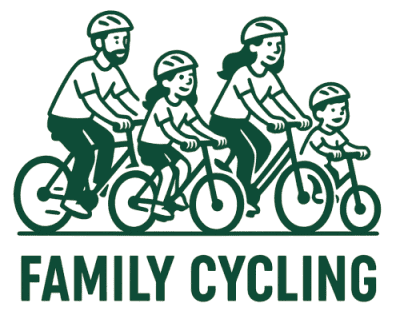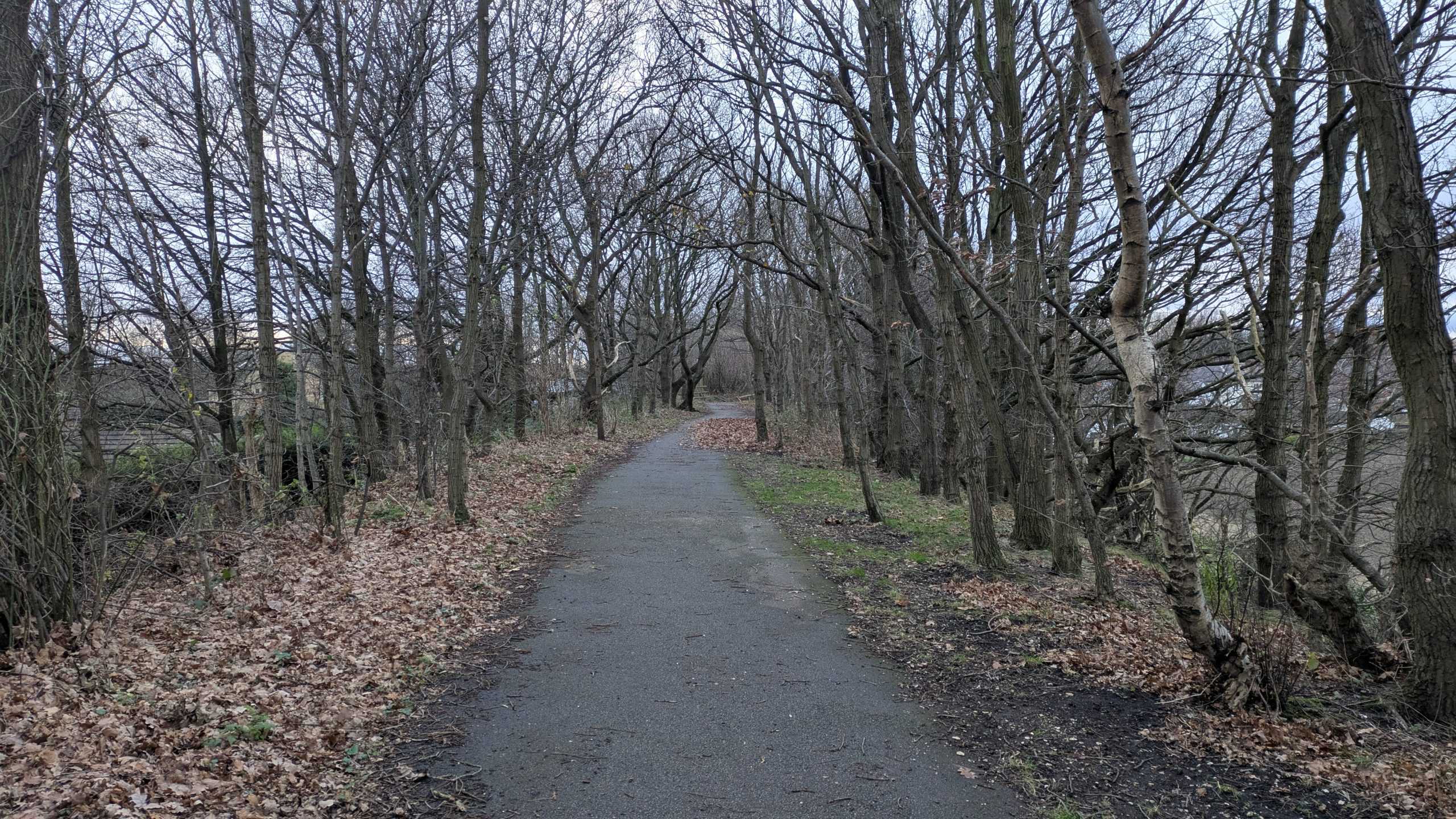There are a whole host of different ways people commute to Primary school. Whether that’s our own preference for walking and cycling or driving, people have their own reasons for a specific journey type.
But the way you commute to school can have a huge impact on the overall health outcomes of you and the wider society. It’s not a straightforward topic to tackle yet there are ways it can be a balancing act between practicality, health and the environment.
Let’s explore four common ways families commute: walking, cycling, park and stride, and driving. We’ll provide insights, backed by research, to help you find and potentially make small changes which can have far-reaching benefits.
Walking
What is walking to school?
Walking is the simplest way to commute, involving travelling on foot directly from home to school.
What is the purpose?
The purpose is to encourage daily physical activity, reduce local traffic congestion, be aware of your surroundings and improve environmental conditions around schools.
Outcome
Children gain physical fitness, independence, and social interaction. Adults benefit from the same and walking can also significantly reduce stress and improve well-being.
Why bother?
Walking offers significant health benefits, environmental advantages, and can often be quicker for short distances, particularly considering traffic and parking. Additionally, walking provides a valuable opportunity to socialise, chat about your surroundings, and discuss the day ahead. These moments can be lost when in a car.
| Pros | Cons |
| Easy, free, and widely accessible | Usually slower for longer distances |
| Boosts fitness and mental well-being | Weather-dependent (Although good clothes can sort this) |
| Encourages independence and socialising | |
| Reduces local traffic and pollution |
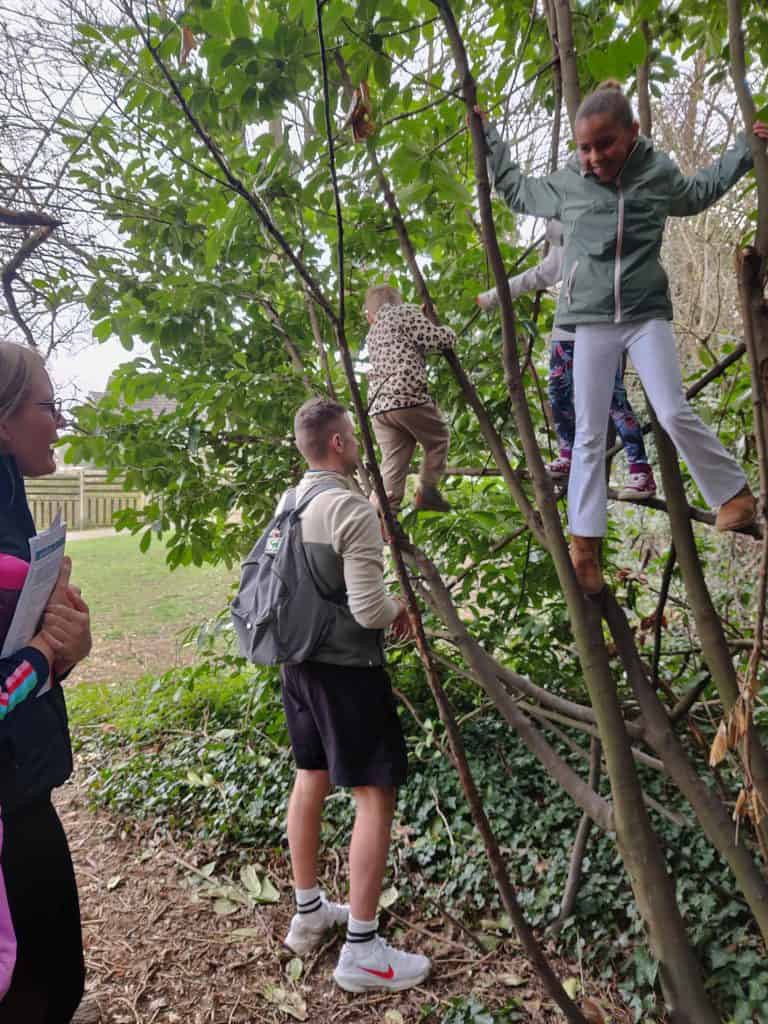


Cycling
What is cycling to school?
Cycling involves commuting by bicycle, using safe routes, cycle paths, or quiet roads.
What is the purpose?
The aim is to combine fast, efficient transport with physical exercise, significantly reducing the environmental impact, and boosting confidence in children to make it to school via their own steam.
Outcome
Cycling enhances cardiovascular fitness, muscle strength, and coordination in children and adults, while drastically reducing carbon emissions. It’s also a practical life skill which is often underrated when it comes to child development.
Why bother?
Cycling is often quicker than driving on moderate-distance journeys, reduces stress from traffic congestion, and contributes positively to physical and mental health. Cycling together also encourages conversations, allowing you to discuss daily events, observations from your environment, or just enjoy each other’s company.
For our particular journey of less than one mile with limited closeby parking opportunities it’s faster to cycle to school. We typically beat people to the school drop-off by some distance as parking involves finding a specific spot and then unloading the car. For the journey home it’s also quicker as a parent (if you are just heading home) as you can get home before some parents have made it back to the car.
| Pros | Cons |
| Fast and efficient, often quicker than a car for moderate distances | Requires initial investment in bikes & helmets although significantly cheaper than a car! |
| Excellent for cardiovascular health, coordination, and muscle strength | Potential safety risks on busy roads (poor infrastructure) |
| Builds children’s confidence and road safety awareness | Limited bike storage at schools |
| Greatly reduces carbon emissions compared to cars |
Park & Stride
What is park & stride?
Park and stride is a commuting method where parents drive part of the journey, park away from school premises, and walk the remaining distance.
What is the purpose?
The purpose of park and stride is to blend the convenience of driving with the physical benefits of walking, reducing congestion and pollution around school gates.
Outcome
Families experience less congestion, safer school entrances, and improved air quality. Children and adults benefit from increased daily activity.
Why bother?
Park and stride significantly enhances safety, reduces stress levels, promotes physical health, and lowers the environmental impact of school runs. It’s also an enjoyable experience for the child and parent and a chance to have meaningful conversations.
| Pros | Cons |
| Combines driving convenience for those heading to work with physical activity | Still involves some car usage |
| Reduces congestion and improves safety at school gates | Depends on suitable parking availability |
| Significantly cuts emissions around schools |
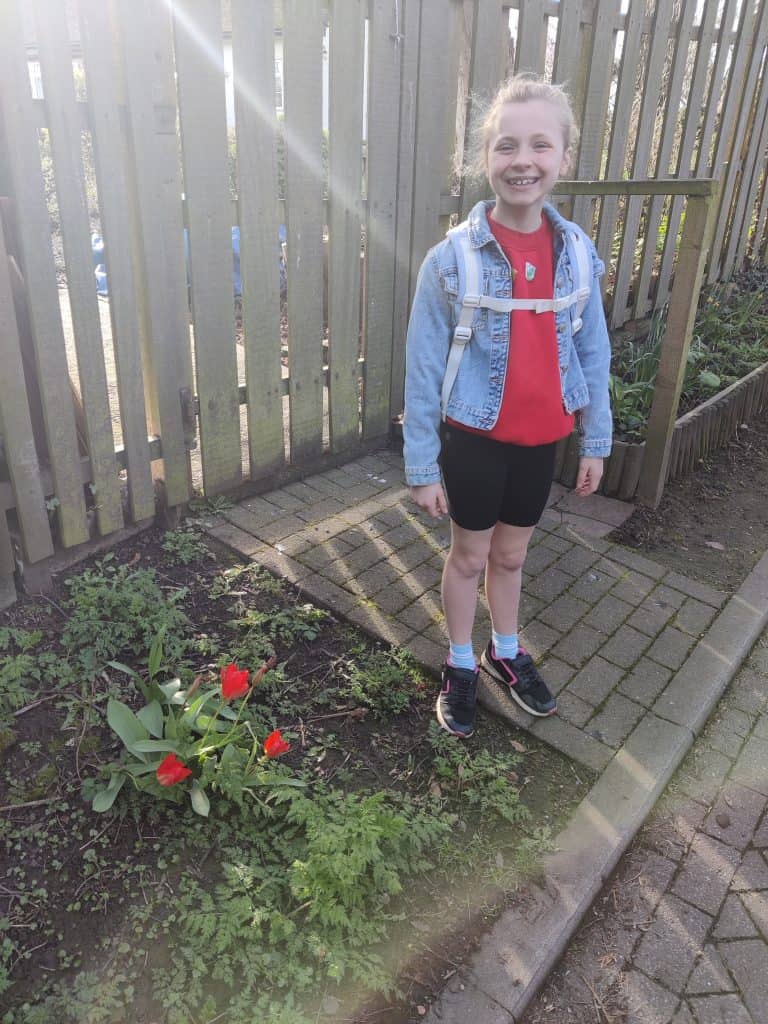

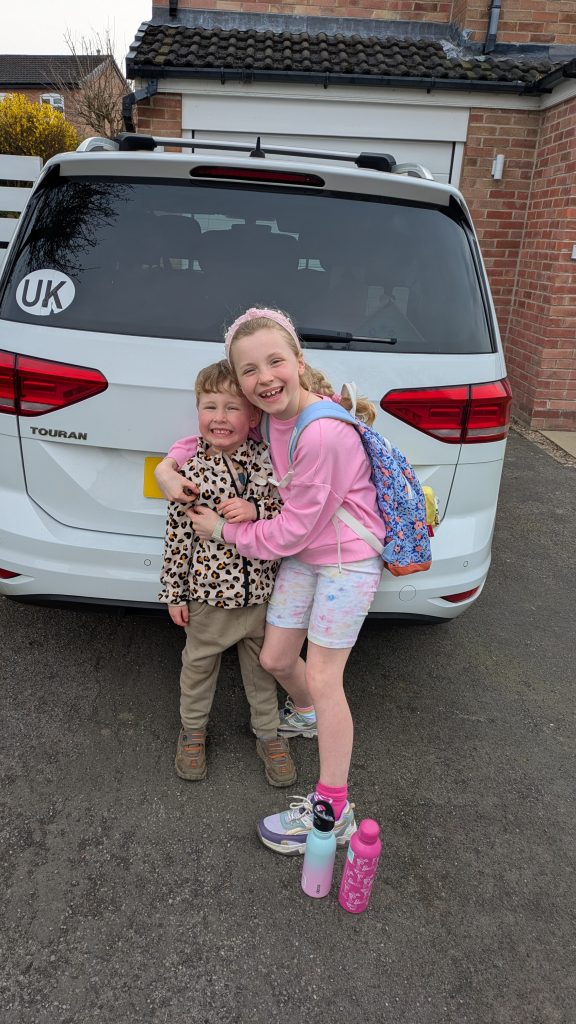
Car
What is driving to school?
Driving involves commuting directly to school by car, commonly used for longer distances or where alternatives are not practical.
What is the purpose?
Driving offers convenience and practicality, especially in rural areas or when transporting multiple children or bulky equipment.
Outcome
Driving provides ease and speed, although it can be offset by traffic congestion and parking difficulties.
Why bother?
While necessary in some circumstances, car travel often adds stress, congestion, and pollution. Incorporating other methods where possible can significantly enhance the overall commuting experience.
| Pros | Cons |
| Can be quick and convenient, particularly in poor weather or rural areas | Causes significant local congestion and pollution |
| Essential for long-distance or multi-child journeys | Limits physical activity opportunities |
| Useful when transporting gear or multiple drop-offs | Can increase morning stress due to traffic and parking issues |
School Commute Comparison Calculator
School Commute Comparison Calculator
Estimates based on return journeys over a 38-week school year.
But What If We Have to Drive?
Even when driving is necessary, small adjustments can still significantly impact health, stress levels, and the environment. Consider the difference between parking half a mile away versus parking directly outside school gates:
| Factor | Parking Outside the School Gates | Parking Half a Mile Away (Park & Stride) |
| Miles walked annually (based on a typical 190-day school year) | 0 miles | 190 miles |
| Physical activity | Minimal | Daily moderate exercise |
| Congestion contribution | High | Significantly reduced |
| Air quality impact near school | Poor | Improved |
| Stress levels | Increased due to parking competition | Reduced, predictable parking availability |
These small changes can make a vast difference to the child, the parent and the school environment. We have a number of parents who do this and it improves the overall experience for all. On the flip side, we also have parents who park across the road from school (on a busy main road with double yellow lines) and march their children across the street.
Everyone’s circumstances are different but just making these tiny changes can make a difference to everyone. You are also improving the lives of your own children. Subtle changes and improved habits are impactful.
How Schools Can Encourage Safe Passage
We know from personal experience that Schools can play a part but they are tied by the system and local buy-in. Some parents just don’t care about the health outcomes of their children. They just want to drop them off as quickly as possible. This makes it tricky for schools to implement.
Attitude and awareness play a huge part. We are all wired differently and unfortunately, schools can receive negative feedback from encouraging active commuting. For me this is wild but our views are not all aligned.
There are however some effective strategies which have proven to work or at least make a positive impact. You won’t solve this. Cars are culturally ingrained in the UK and it’s going to take years of education to change this outcome.
Effective strategies which have worked however include:
- Promote safe walking and cycling routes by creating maps highlighting recommended pathways and crossings.
- Provide secure bike storage to reassure parents and children that bikes will be safely looked after. This is also a way for children to encourage their parents to cycle to school.
- Run awareness campaigns and events like ‘Walk to School Week’ or ‘Bikeability’ courses. I know the Walk to School badges have had a positive impact at our daughters’ school; especially with children again influencing their parents.
- Establish walking buses or cycle trains, where supervised groups of children commute together safely. These involve real buy-in from parents or an active PTA (Parent Teacher Association). We haven’t been successful at our school on this front.
- Engage with local councils to improve infrastructure such as safer crossings and restrictions on parking outside schools. Our local council have implemented restrictions however without enforcement they are largely ineffective. They occasionally have parking attendants visiting however as soon as the next day arrives the cars return. Only short-term enforcement will prevent this coupled with long-term education.
FAQs
Is cycling to school safe?
Yes, with proper route planning, using cycle paths or quieter roads it’s a safe way to arrive at school. The alternative is a sedentary life inside a car which can have a significant impact on your health.
How can I encourage my child to walk or cycle more?
Make it fun and social, introduce rewards or challenges, and gradually build their confidence and stamina. Our main tip is to start young but if you are starting now I recommend incentivising them until it becomes a habit. They can typically be built within a couple of weeks!
Does park and stride reduce congestion?
Yes, it effectively reduces the number of cars at school gates or within close proximity of the school, creating safer and less stressful drop-off and pick-up times.
Are there benefits of walking and cycling beyond fitness?
Absolutely! Benefits include improved mental health, better academic performance, and valuable social interactions. You are also connected with your local environment which many lack in modern society.
Final Thoughts
Individual circumstances vary. Some children live rurally, some parents work long hours, and your environment may not be conducive to an enjoyable walk or cycle.
Choosing the right commute depends on your family’s unique circumstances. But we can all make positive changes and that could be as simple as walking a small stretch of the journey. You may question the benefit but I can assure you it will have a positive impact on both your own health and your children.
How does your family currently commute, and have you considered switching? Share your thoughts below!
Last Updated on March 28, 2025 by Ryan
Hello. I am Ryan and along with my wife Beth and our two children Matilda and Barney, we love all things cycling and exploring. We spend our weekends exploring fun places to cycle and discover and wanted to help other people do the same too. There’s no better way to travel than via bike and it’s an amazing activity for the whole family to enjoy.
